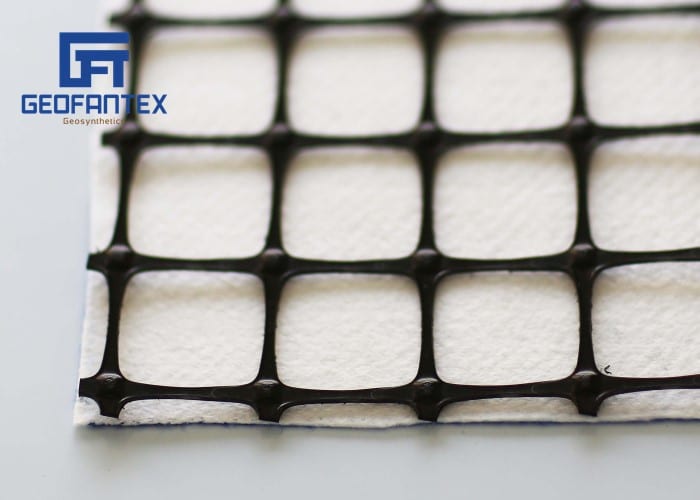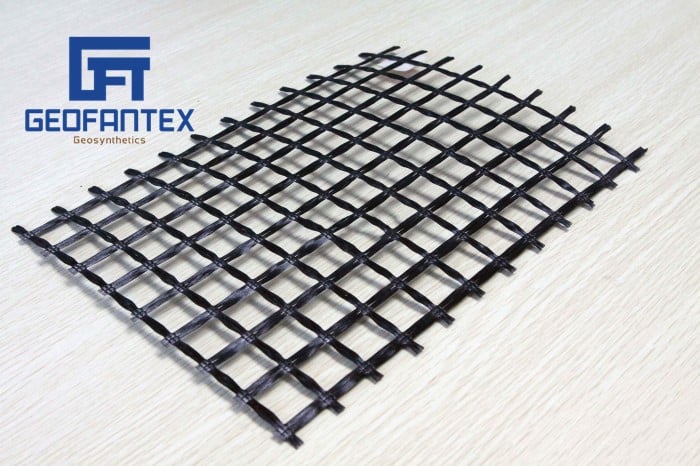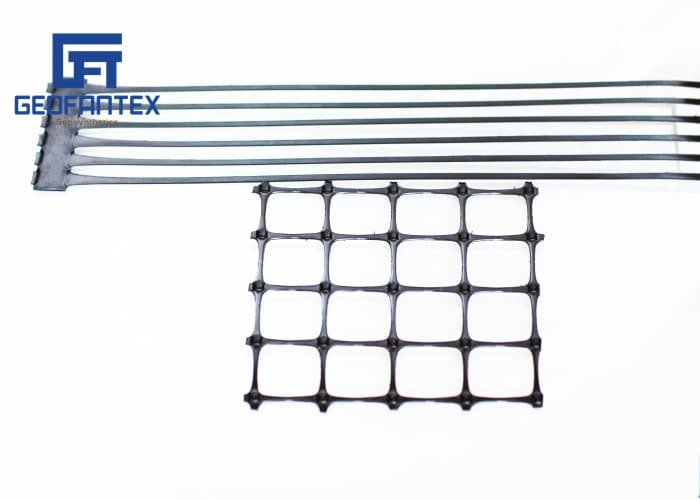Types of Retaining Wall
Retaining walls are available in various types, shapes, and sizes, catering to diverse project requirements and site conditions. They range from simple gravity walls to bored pile walls for basements and reinforced soil walls utilizing geogrids.
The most common retaining walls include brick, concrete, stone, and wood. Some modern walls use a geosynthetic material called geogrids to stabilize and create reinforced soil.
Geogrid is used in almost every type of hardscape—from driveways to walkways to patios and everything in between. However, it is essential in retaining walls, particularly those above three or four feet. Geogrid should be implemented whenever you want your hardscape to last and stay structurally sound.
What are the four types of retaining walls?
The four main types of retaining walls are:
- Gravity retaining walls.
- Cantilever retaining walls.
- Embedded retaining walls.
- Reinforced soil retaining walls.
How many types of retaining walls are there?
Types of MSE retaining walls include panels, concrete blocks, and temporary earth retaining walls.

What is the cheapest style retaining wall?
The cheapest type of retaining wall is poured concrete. Prices start at $4.30 per square foot for poured concrete, $5.65 for interlocking concrete block, $6.15 for pressure-treated pine, and about $11 for stone. Installation or supplies, such as drainage stone or filter fabric, are not included.
What Is Geogrid And When To Use?
Geogrids provide reinforcement, stabilization, and even filtration when used with properly sized aggregate fills. Made from polymers such as polypropylene, polyethylene, or polyester, they are used widely in civil engineering applications.

More than problem-solvers, retaining walls also have a sculptural quality that adds definition to the landscape, and they can be made from various materials to evoke different styles. Stacked timbers or mortared stone, for instance, can impart a rustic look, while poured concrete is sleekly modern. Just keep in mind that when planning for a type of retaining wall meant to hold back tons of soil, there’s little room for error.
Cantilever retaining walls are constructed of reinforced concrete. They consist of a relatively thin stem and a base slab. The base is also divided into two parts, the heel and the toe. The heel is the part of the base under the backfill. The toe is the other part of the base.
These types of retaining walls are also one form of gravity wall. They are constructed of interlocking individual boxes made from pre-cast concrete or timber. The boxes are filled with crushed stone or other coarse granular materials to form a free-draining structure. Basic types of crib retaining walls include timber retaining walls and reinforced precast. It is suitable for supporting planter areas, but it is not recommended for support of slopes or structures.
Retaining walls are constructed not only to create a beautiful landscape but also to serve major functionality. The advantages of retaining walls include erosion control, flood prevention, and adding value to your residence. A short retaining wall can also be turned into a seating area, making these walls a truly versatile addition to your yard.



Comments
Post a Comment